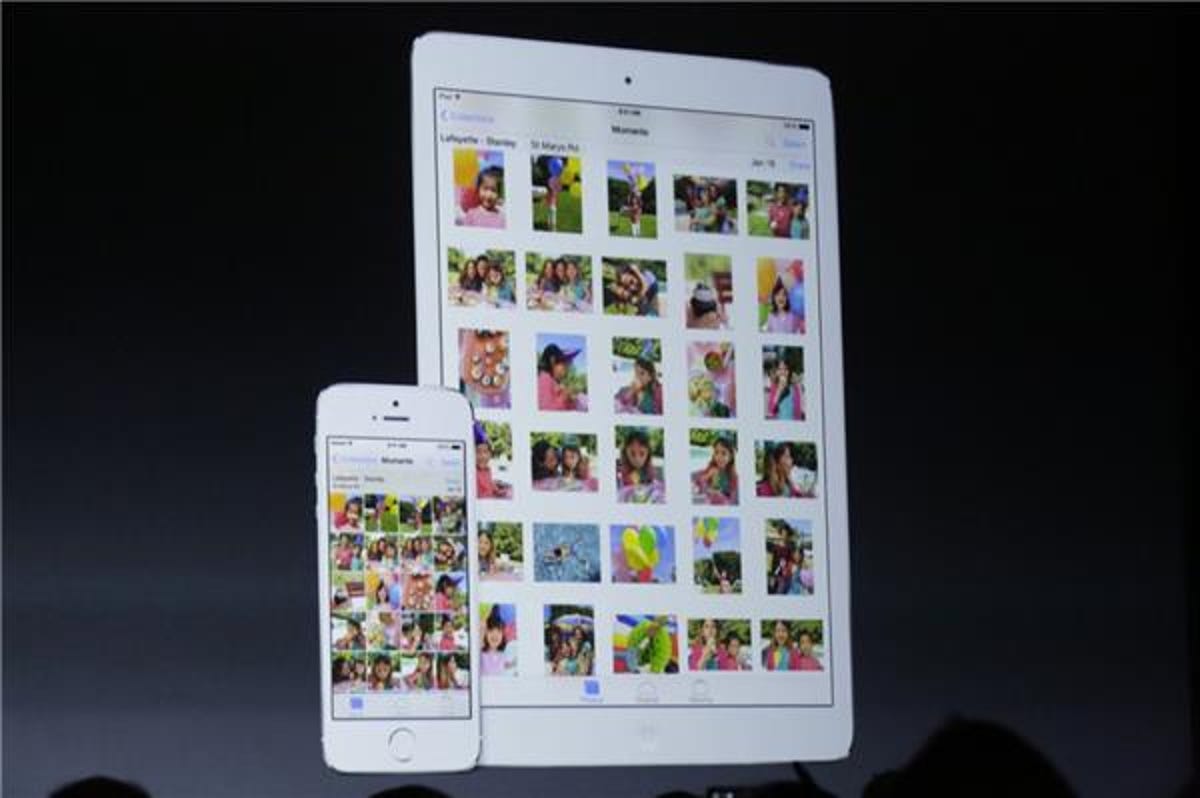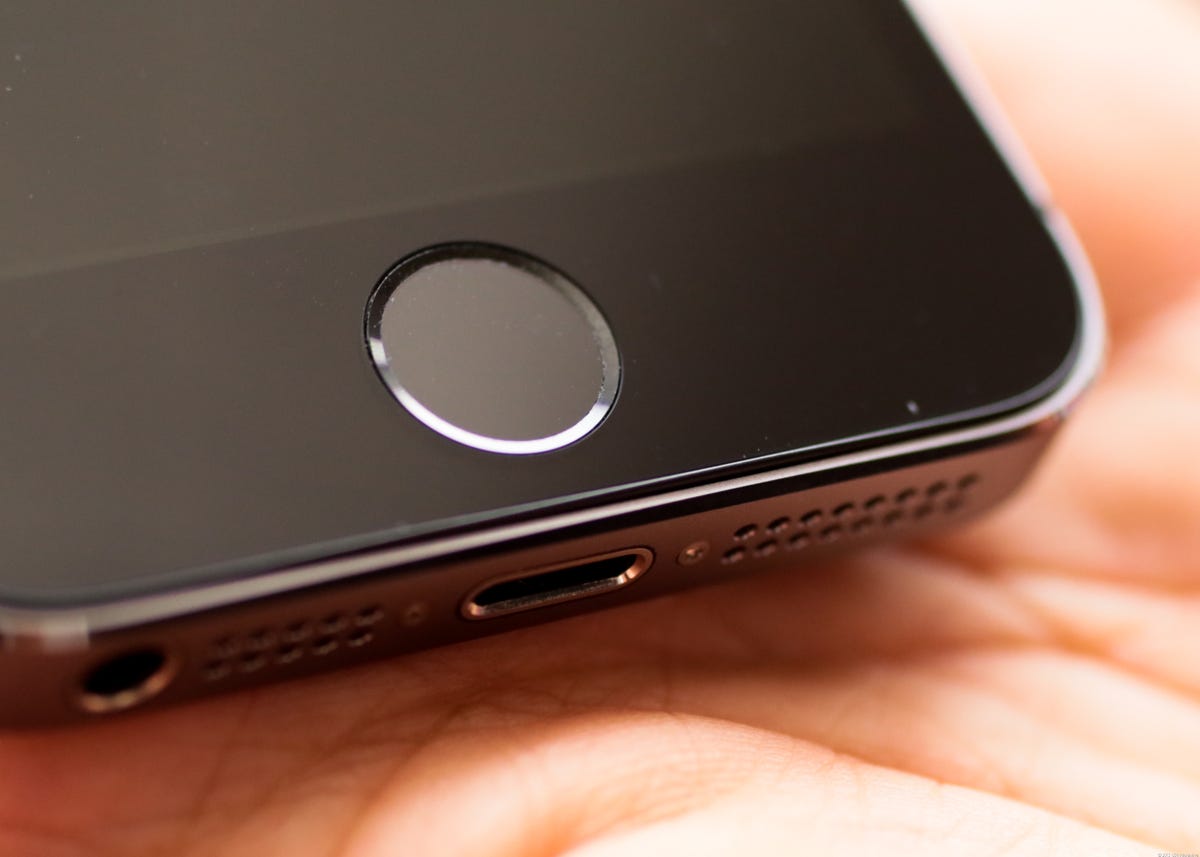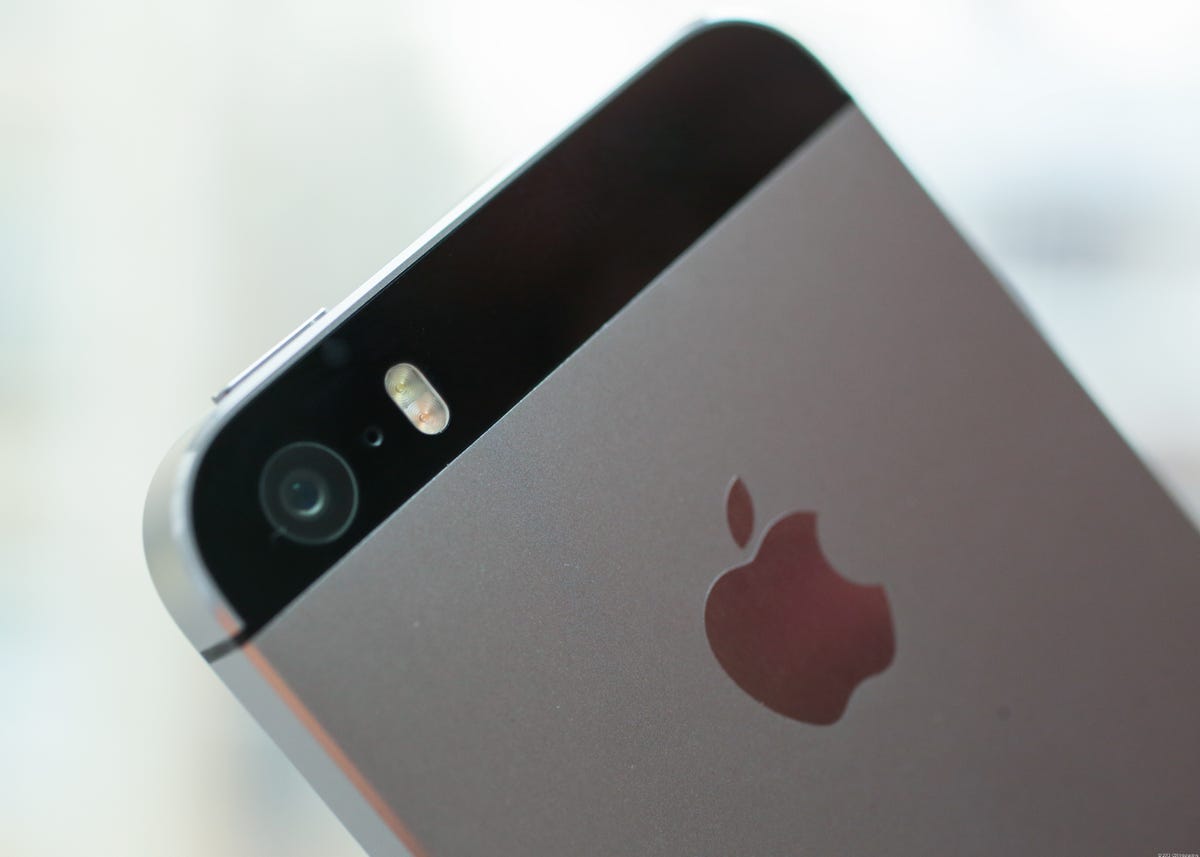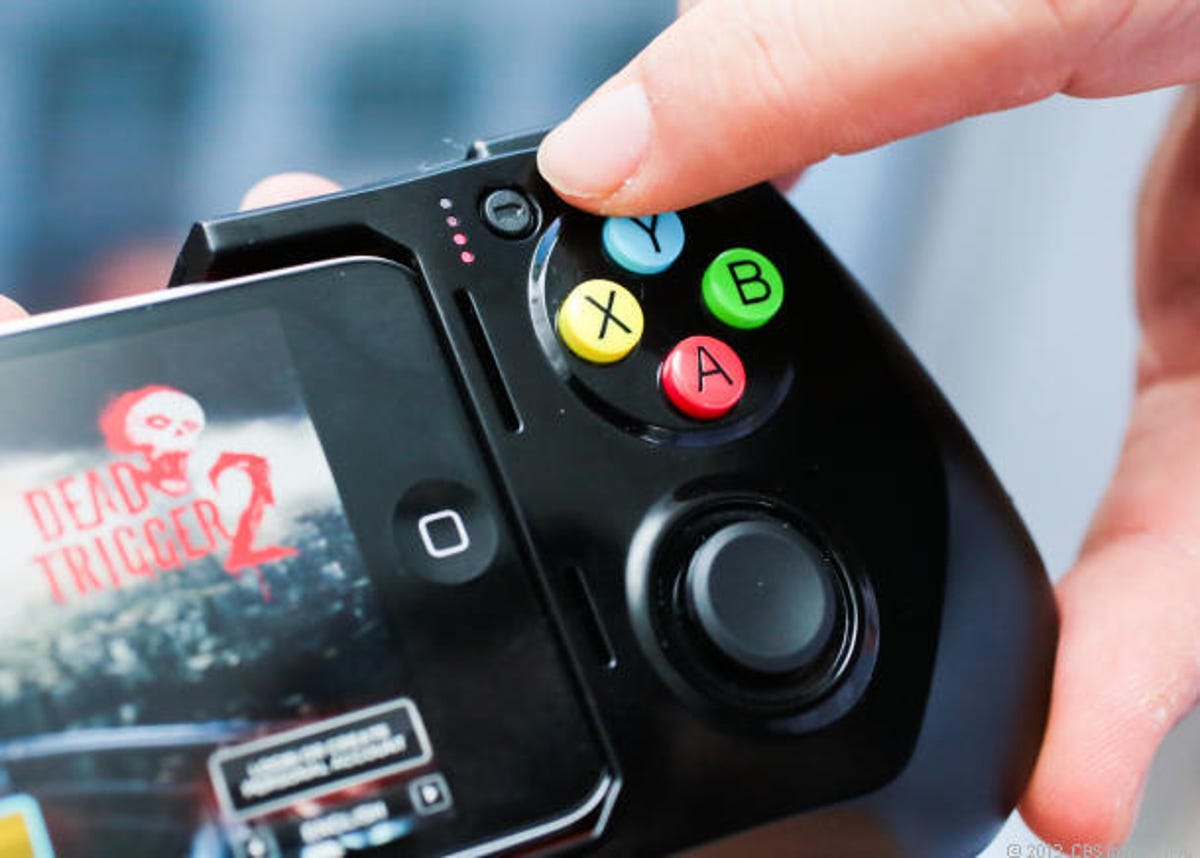This story is part of WWDC 2022, CNET’s complete coverage from and about Apple’s annual developers conference.

Tim Stevens/CNET
Apple’s WWDC event has come and gone, but all we got was software. Lots of software, but what about new products? We’re still waiting on more news about the next iPhones and iPads.
Well, iOS 8 may provide some clues. Looking into the tea leaves of what each year’s iOS features include can give some hints. The debut of iOS 7 didn’t hint at everything the iPhone 5s would later include, but at this point, here are the best educated guesses at what we might be seeing later this year.
A fall release date
iOS 8 will be released in the fall, according to Apple. iPhones have been released in the summer before, but not for several years. Lately, iPhones debut in September, right alongside new iOS software. Expect fall for iOS hardware.


Sarah Tew/CNET
Touch ID for all
Third-party applications will finally be able to tap into Touch ID, Apple’s zippy fingerprint-sensing home button technology that’s currently only available on the iPhone 5s. Many expected Touch ID iPads last year. This year, expect all new iPhones and iPads to have them.
Bigger screen for the iPhone and maybe the iPad
Apple’s latest XCode software includes the ability to adjust screen sizes to other iOS device resolutions. If that doesn’t sound like a prelude to larger-screened iPhones and iPads, I don’t know what does. That’s not a guarantee, of course, but the rumors of a larger-screened iPhone are almost too deafening to refute.


Sarah Tew/CNET
Improved camera tech, again
iPhones are valued as much for their cameras as anything else. iOS 8 opens a lot more control over specific camera elements like shutter speed and focus. The highest-end iPhone might see additional lens and focus improvements, but the iPad may likely see a significant upgrade, too.
They’ll work seamlessly with more things than ever before
HomeKit and HealthKit aim to knit together smart home and health/fitness hardware to work better with iOS. iBeacon technology could do the same in public places. That’s all capable with existing hardware and new iOS 8 software. New hardware — like an improved variant of the M7 motion coprocessor in the iPhone 5s and iPads, might introduce other ways of beefing up the iPhone’s own sensors.


Sarah Tew/CNET
They’ll have impressive gaming
If Metal, iOS 8’s development tool, is any indication, console-level graphics engines might be running on iPhones and iPads this fall. Metal optimizes the A7 processor on the iPhone 5s, iPad Air, and Retina iPad Mini, but what about Apple’s next processor, which should take another graphical leap? Also expect better connections: with MFi game controllers, and even with the Apple TV. If a new Apple TV successor debuts as well, it could end up forming a gaming tandem with iPhones and iPads.
They’ll be more similar than ever
iPads will be able to screen your phone calls, and even answer them. Emails can be started on one device and finished on another. If there’s a larger-screened iPhone, expect the gap between iPhone and iPad to narrow. Will it mean the iPad Mini takes a back seat in 2014? Maybe not, but the phablet phenomenon could finally hit Apple at last, in the form of apps and experiences that start to feel nearly as good on an iPhone as on an iPad. And from what we’ve seen of iOS 8 on iPad and iPhone so far, there really aren’t many differences. If the iPhone adopts a flatter, more iPad-like design, then maybe we really will think of this year’s iOS devices as iPeas in a pod.



